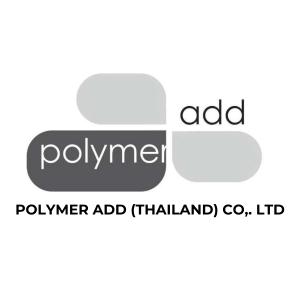Benzyl Trimethyl Ammonium Chloride is a quaternary ammonium compound commonly used as a surfactant and antimicrobial agent. When working with this compound, it’s important to maintain the desired pH for its optimal performance, and pH stabilizers can be used to achieve this. The appropriate pH stabilizer to use depends on the specific application and pH range you are targeting.
Common pH stabilizers that can be used with Benzyl Trimethyl Ammonium Chloride
Sodium Hydroxide (NaOH)
Sodium hydroxide is a strong base and can be used to increase the pH of a solution containing Benzyl Trimethyl Ammonium Chloride. It is commonly used to raise the pH of acidic solutions.
Hydrochloric Acid (HCl)
Hydrochloric acid is a strong acid and can be used to decrease the pH of a solution containing Benzyl Trimethyl Ammonium Chloride. It is commonly used to lower the pH of basic solutions.
BUFFER SOLUTIONS
Buffer solutions are mixtures of a weak acid and its corresponding conjugate base that help maintain a stable pH. You can use a suitable buffer solution to stabilize the pH of your solution with Benzyl Trimethyl Ammonium Chloride. The choice of buffer will depend on the desired pH range.
Citric Acid and Sodium Citrate
Citric acid and sodium citrate can be used to create a buffer solution that stabilizes the pH in the acidic range.
Phosphates
Phosphate buffers, such as potassium phosphate or sodium phosphate, are commonly used to stabilize the pH of solutions in the near-neutral to slightly basic pH range.
Acetic Acid and Sodium Acetate
These compounds can be used to create a buffer solution for pH stabilization in the mildly acidic range.
When using pH stabilizers, it’s essential to perform careful pH measurements and titrations to ensure that the desired pH is achieved. The choice of stabilizer will depend on the specific pH range you need and the compatibility with other components in your formulation. It’s also important to follow safety precautions and handle these chemicals with care, as some of them can be corrosive or hazardous.
